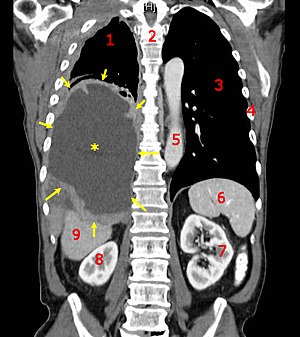No matter how far archaeological finds go, there is evidence that cheese came into being in prehistoric times. Cheese can not really be said to have been "invented". This delicious food must have resulted from the simple observation that milk left in a container ends up by coagulating, even more if it is hot. People living in areas where the climate changed seasonally would also have noticed the effect of temperature on this process: in warmer weather the milk would curdle faster than in the cold. This might be considered the first technological cheesemaking discovery.
There are hundreds of different types of cheese that can be differentiated both by the type of milk - raw, skimmed or pasteurised, and by the animal - cow, goat, sheep, buffalo, horse or camel.
Serving and Storage Tips
- Unpasteurised cheese with a range of flavours should not be sliced until purchase otherwise it will start to lose its subtlety and aroma.
- Keep the cheese in conditions in which it matures. Hard, semi-hard and semi-soft cheeses are stored in the temperatures from around 8 - 13 C.
- Keep the cheese wrapped in the waxed paper and place it in a loose-fitting food-bag not to lose humidity and maintain the circulation of air.
- Wrap blue cheeses all over as mould spores spread readily not only to other cheeses but also to everything near.
- Chilled cheeses should be taken out of the refrigerator one and a half or two hours before serving.
- Cheeses contain living organisms that must not be cut off from air, yet it is important not to let a cheese dry out.
- Do not store cheese with other strong-smelling foods. As a cheese breathes it will absorb other aromas and may spoil.
- Wrap soft cheeses loosely. Use waxed or greaseproof paper rather than cling film.
- Let cold cheese warm up for about half an hour before eating to allow the flavour and aroma to develop.
